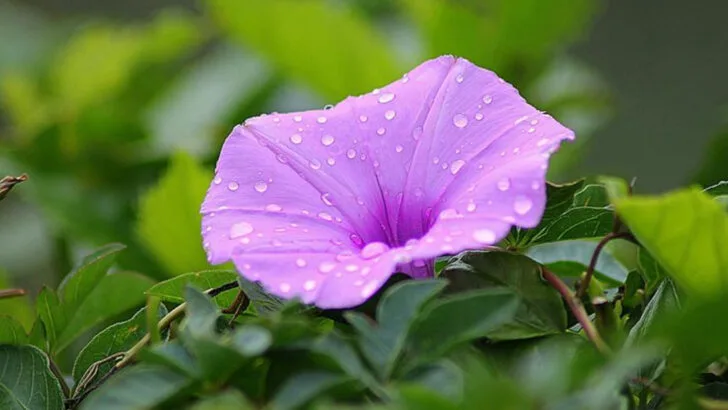Some plants make a great first impression, fast-growing, easy to care for, and eager to fill in bare spots. At first, they seem like the answer to all your garden gaps. Then, a few weeks or months later, they’re in places you never planted them, wrapping around your favorites or popping up in cracks you didn’t even know existed.
It’s easy to underestimate how quickly certain plants can take over once they’re comfortable. They don’t all look aggressive, but give them a little time and space, and suddenly they’re climbing the fence, crowding out your herbs, or spreading through the lawn. This list rounds up 16 plants that often seem like a smart choice—until you realize they’re running the show.
Bamboo
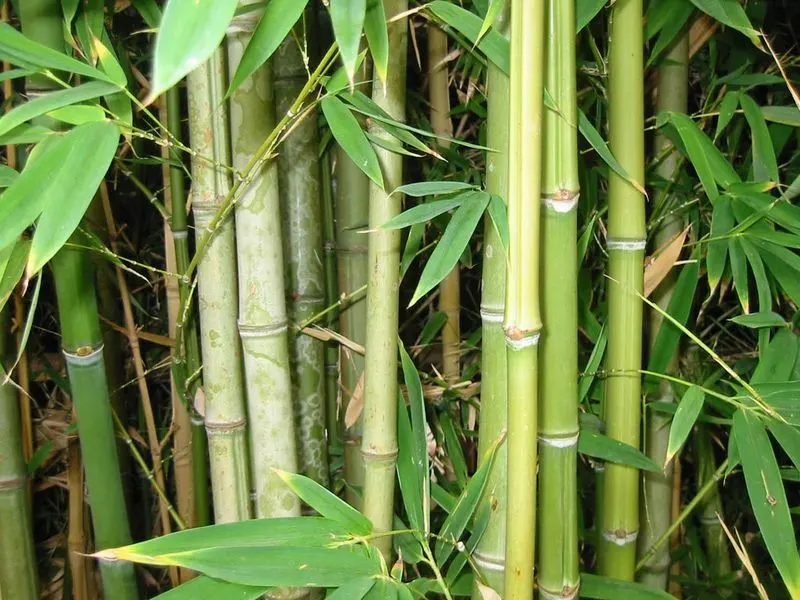
Bamboo’s elegance and soothing rustle in the wind make it a popular choice for creating serene landscapes. However, its rapid growth and expansive root system can lead to unforeseen challenges. Many gardeners find their yards overtaken by bamboo, as it spreads aggressively underground.
Managing bamboo requires vigilance, as its roots can damage nearby structures. While bamboo can be controlled with barriers, its relentless growth often demands constant attention.
Did you know? Some bamboo species can grow up to 35 inches in a single day, making them one of the fastest-growing plants on earth.
English Ivy
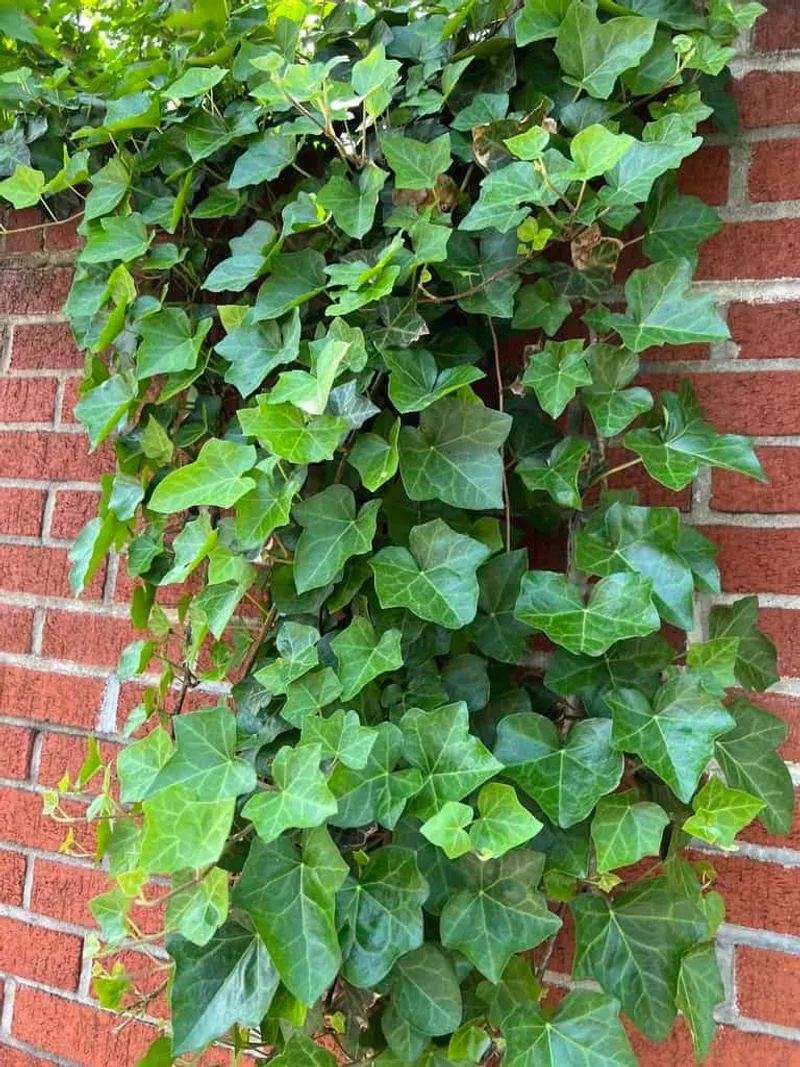
English Ivy adds a touch of classic charm to any wall or fence. Yet, beneath its picturesque appearance lies a potential menace. This vine can rapidly engulf structures, trees, and ground cover, leading to structural damage and loss of biodiversity.
Its dense foliage deprives other plants of sunlight and moisture, creating monocultures where little else can thrive. Removal often requires persistence, as it clings tenaciously to surfaces.
Fun fact: English Ivy can climb heights of up to 50 feet, making it a formidable adversary to buildings and tall trees alike.
Kudzu
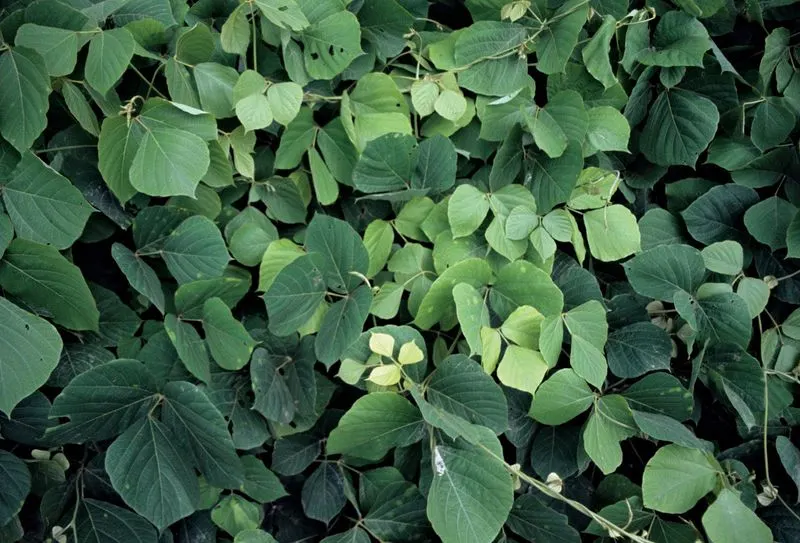
Dubbed ‘the vine that ate the South,’ kudzu’s notorious reputation precedes it. Originally introduced for erosion control, this vine has since become an unstoppable force in many regions.
Kudzu’s rapid spread can smother native plants and trees, altering ecosystems drastically. This invasive vine thrives in warm climates, growing over a foot a day in peak conditions.
Curious tidbit: Kudzu covers over 7 million acres in the United States, showcasing its incredible capacity to transform landscapes within a short span.
Japanese Knotweed
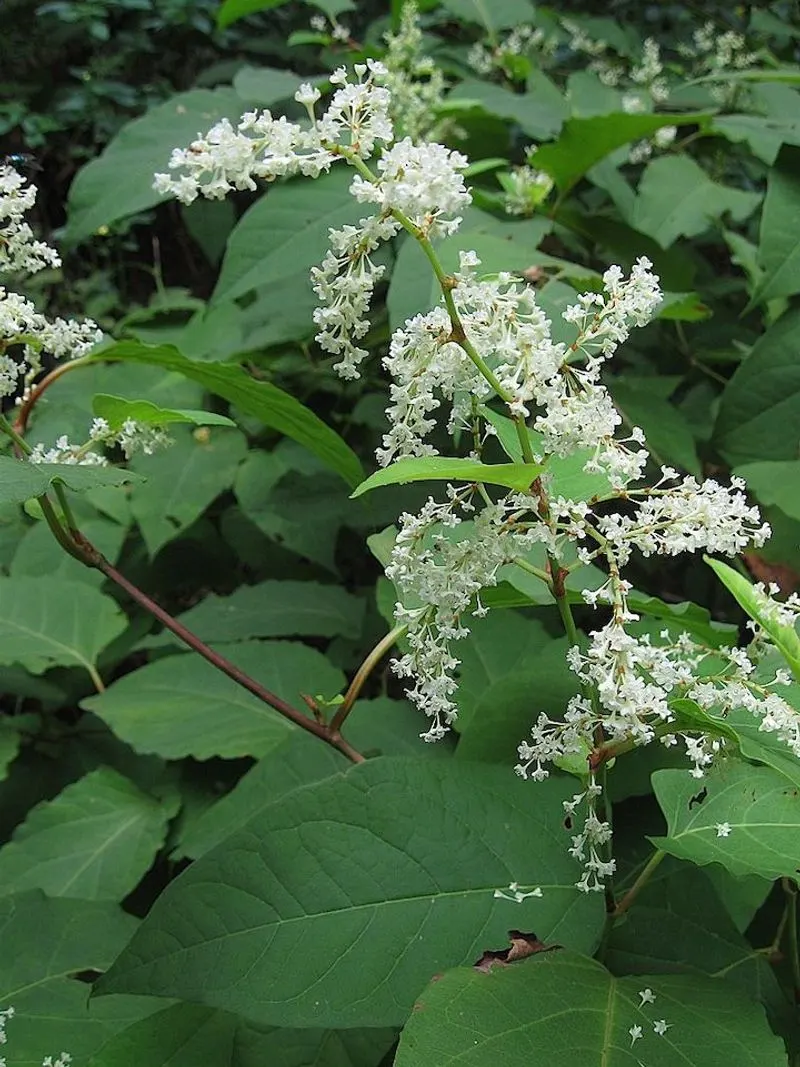
Japanese Knotweed, with its lush, bamboo-like stems and heart-shaped leaves, might initially appeal to those seeking a robust plant. However, its aggressive growth can dominate landscapes, particularly near water bodies.
Its root system can penetrate deep, damaging infrastructure and making removal difficult. Knotweed requires careful management to prevent it from overrunning gardens and natural areas.
Interesting fact: Japanese Knotweed can grow through concrete and asphalt, posing a significant threat to urban developments and natural habitats alike.
Mint
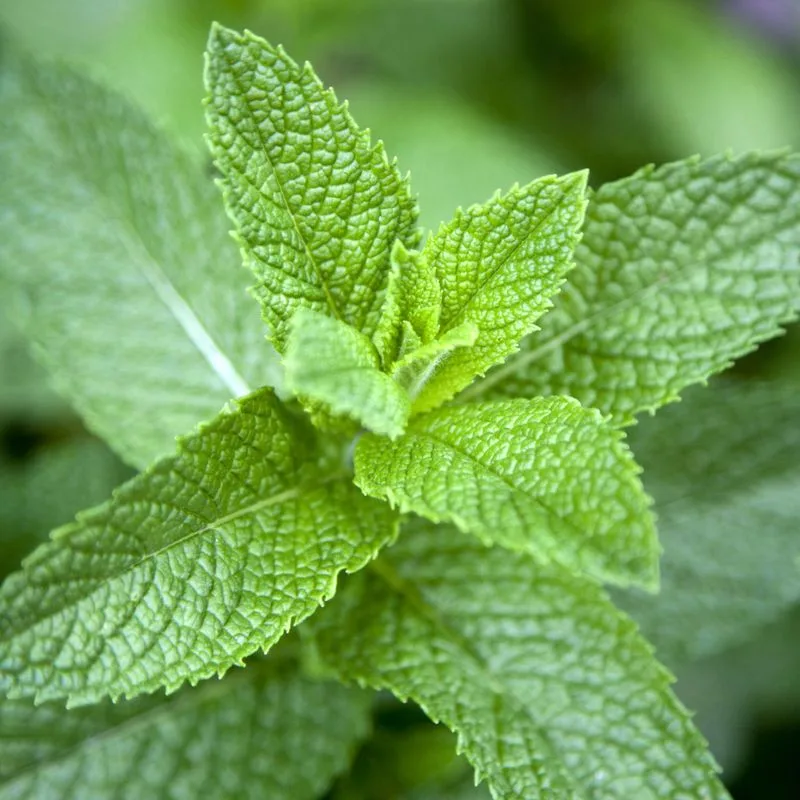
Mint’s aromatic leaves make it a beloved herb in kitchens, but in gardens, it’s a different story. Its underground runners allow it to spread swiftly, often overtaking other plants without much effort.
Gardeners often resort to containment methods like pots or barriers to manage mint’s rampant growth. Despite this, its tenacity is unmatched, requiring ongoing diligence.
Did you know? Mint can root from cuttings, making even discarded trimmings a potential source of new growth if not properly disposed of.
Wisteria
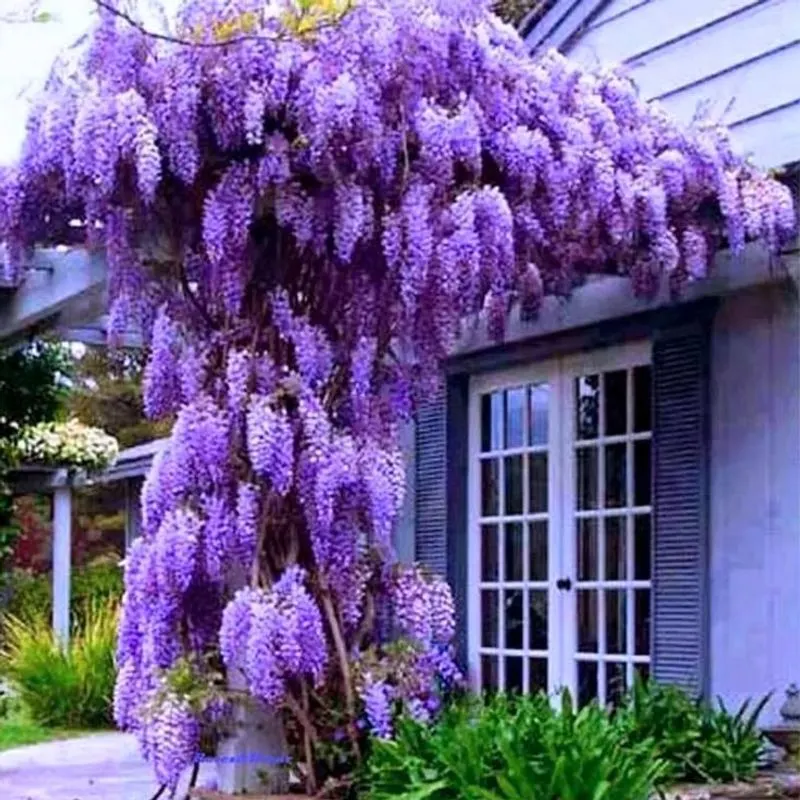
Wisteria’s cascading flowers are a sight to behold, often evoking nostalgia and romance. Yet, this beauty can quickly become burdensome as its vines aggressively seek new territory.
Its woody stems can strangle trees and structures, demanding regular pruning to keep it in check. Without control, wisteria can overshadow and suffocate other plants.
Fun fact: Wisteria vines can live for over a century, providing long-lasting beauty, but also requiring a lifetime of maintenance if not carefully managed.
Morning Glory
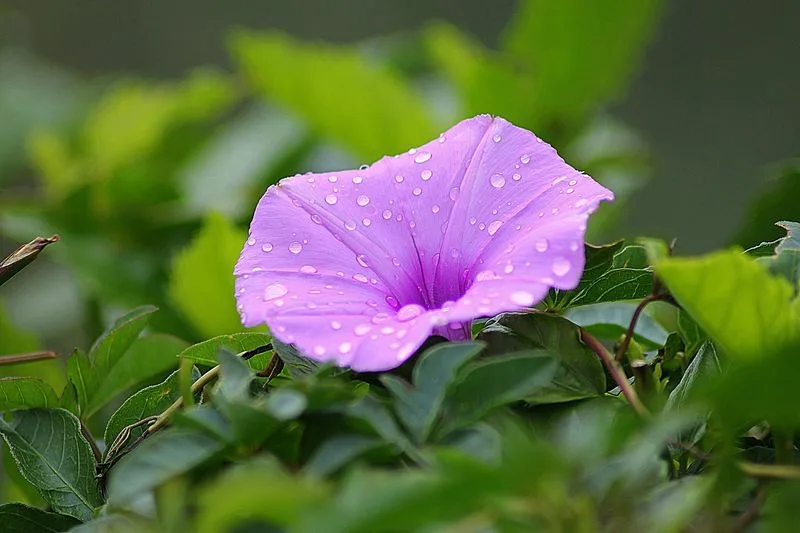
Morning Glory’s enchanting blooms are a gardener’s delight. However, their vigorous growth can quickly turn them from charming climbers to smothering blankets of foliage.
These vines readily reseed, meaning even diligent removal can lead to return blooms. While their flowers are stunning, their tendency to outpace other plants requires vigilant management.
Interesting tidbit: Morning glories can twine up to 15 feet in a single growing season, making them both a quick solution for coverage and a potential problem if left unchecked.
Purple Loosestrife

Purple Loosestrife’s vibrant spikes offer a burst of color in wetlands and gardens. Sadly, this beauty belies a more sinister side, as it rapidly displaces native vegetation.
Its dense plantings can reduce habitat for wildlife and diminish biodiversity. Control efforts often involve manual removal and the use of biological control agents.
Did you know? A single plant can produce over two million seeds annually, ensuring its persistence and making it a challenging invader to manage.
Giant Hogweed
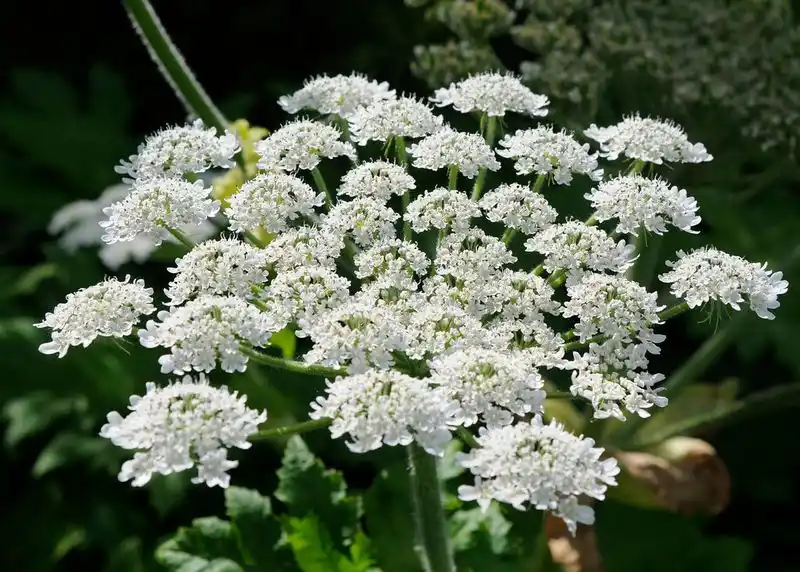
Giant Hogweed is both impressive and intimidating, with its towering height and large leaves. However, its sap poses a significant health hazard, causing severe skin reactions upon contact.
This plant’s presence can deter recreational use of natural areas, and its size allows it to overshadow local flora. Management often involves protective clothing and careful disposal.
Curious fact: Despite its dangers, giant hogweed was originally introduced as an ornamental plant, valued for its dramatic stature and architectural form.
Yellow Toadflax
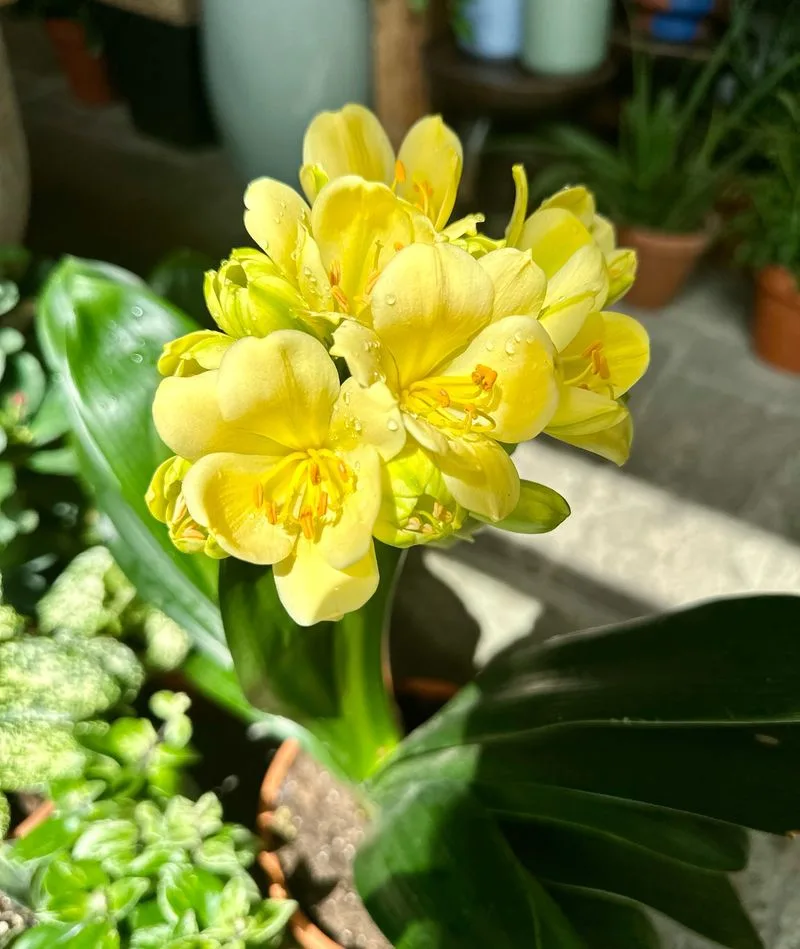
Yellow Toadflax, often mistaken for a wild snapdragon, charms with its yellow blooms. Unfortunately, it spreads vigorously, particularly in disturbed soils, forming dense colonies.
These colonies can outcompete native species, reducing plant diversity. Control often requires a combination of mechanical and chemical methods for effective management.
Fun tidbit: Yellow toadflax was once used in traditional medicine for its purported anti-inflammatory and diuretic properties, despite its invasiveness in modern landscapes.
Garlic Mustard
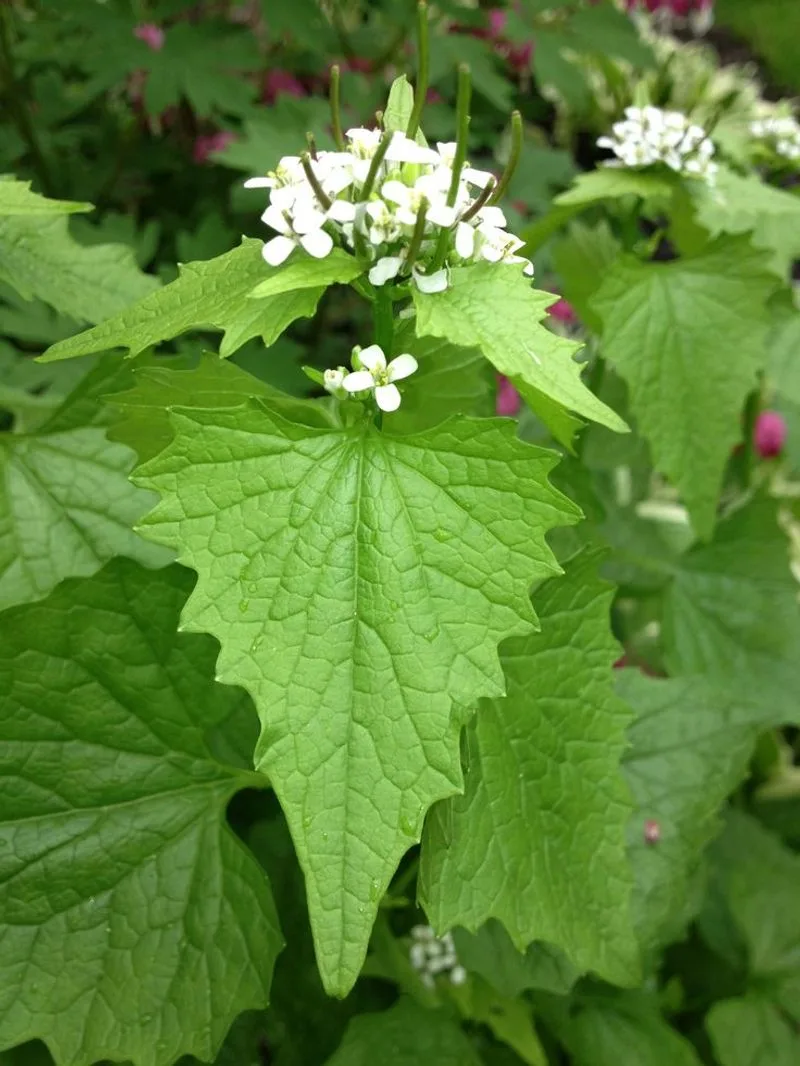
Garlic Mustard’s ability to thrive in shaded woodland areas makes it a formidable competitor. Its allelopathic properties suppress the growth of other plants, altering forest ecosystems.
Once established, garlic mustard’s seed bank can persist for years, complicating eradication efforts. Its impact on native flora often necessitates large-scale management strategies.
Did you know? Garlic mustard was introduced as a culinary and medicinal herb, but its spread has led to it being one of North America’s most challenging invasive plants.
Japanese Honeysuckle
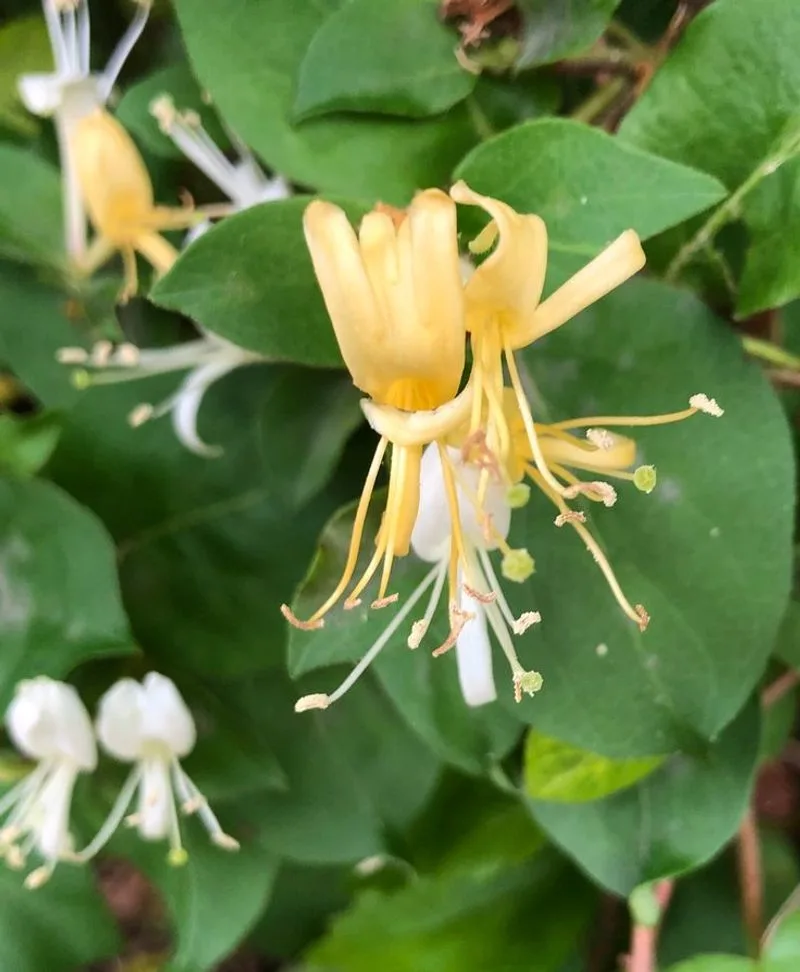
Japanese Honeysuckle’s fragrant flowers are beloved by many, but its vigorous vines can quickly spiral out of control. This plant climbs over anything in its path, smothering native vegetation.
Its ability to thrive in various conditions makes it difficult to manage once established. Regular pruning and monitoring are essential to prevent its domination.
Fun fact: Originally introduced for ornamental purposes, Japanese honeysuckle has since spread widely across the United States, often becoming the bane of gardeners and conservationists alike.
Common Reed (Phragmites)
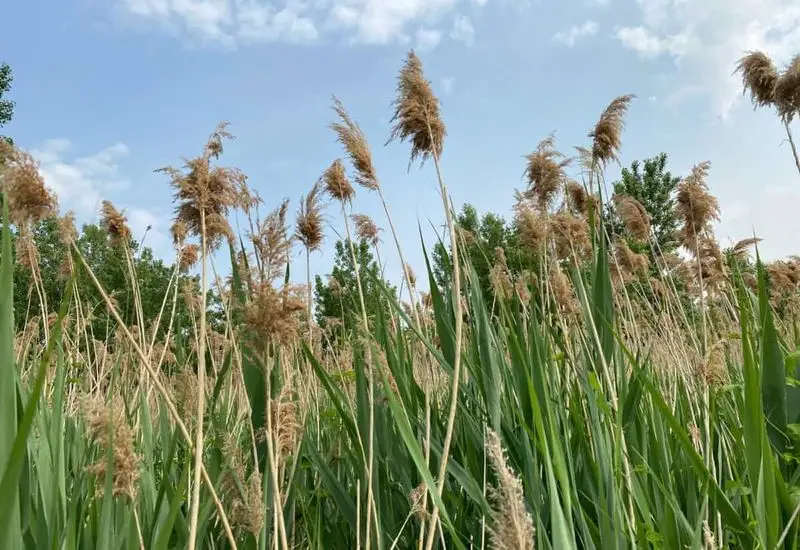
Common Reed’s tall, graceful plumes might conjure images of serene wetlands, but its invasive nature tells a different story. This grass forms dense stands that can clog waterways and outcompete native plants.
Its extensive root system can alter water flow and soil composition, making restoration efforts challenging. Biological and mechanical controls are often employed to manage its spread.
Interesting tidbit: Despite its invasive status in many regions, common reed has been used for centuries in thatching, fencing, and even musical instruments.
Creeping Charlie
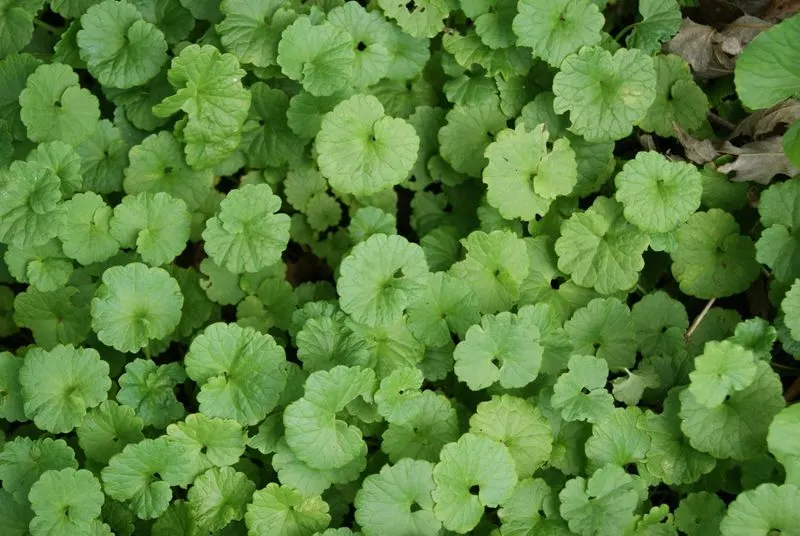
Creeping Charlie, also known as ground ivy, can be a gardener’s nemesis as it rapidly spreads through lawns and garden beds. Its low-growing nature allows it to cover large areas quickly.
This plant’s ability to thrive in both sun and shade makes it particularly tenacious. Effective control often requires persistence and a combination of mowing and selective herbicides.
Did you know? Creeping Charlie was once used as an alternative to hops in brewing beer, known for its pleasant aroma and flavor.
Periwinkle
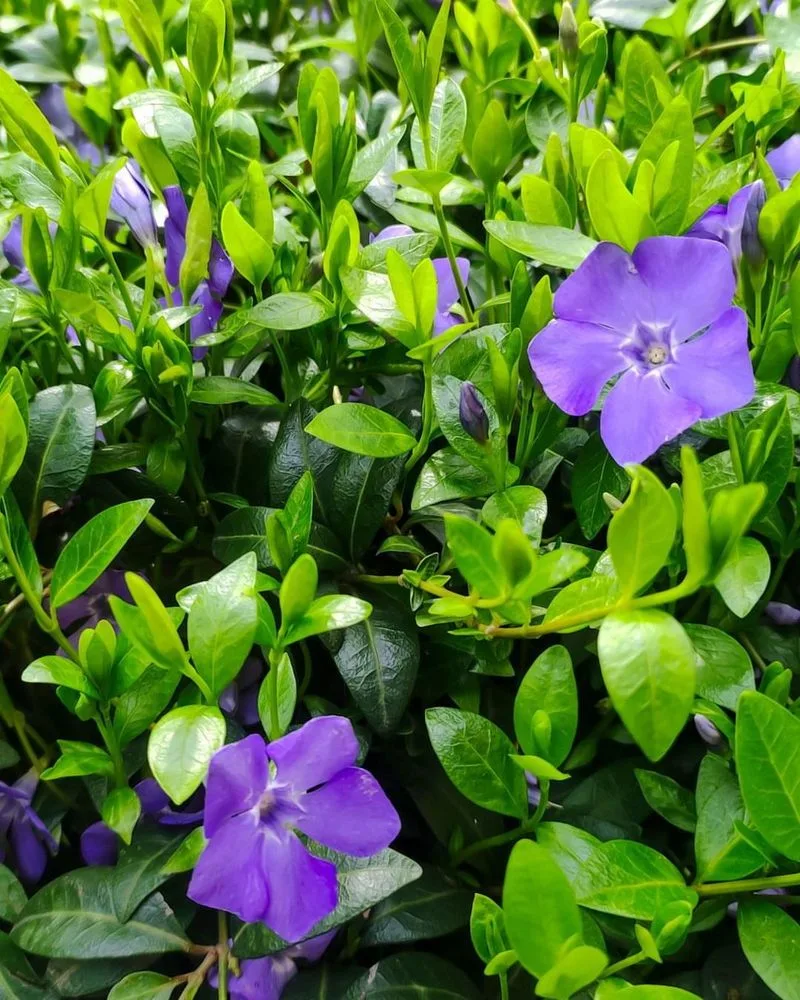
Periwinkle’s glossy leaves and charming blue flowers are inviting, but its creeping habit can overshadow its appeal. Often used as ground cover, it can easily escape cultivation and invade natural areas.
Its dense mats can suppress native plants, reducing habitat quality for wildlife. Managing periwinkle requires regular trimming and monitoring to prevent its spread.
Fun fact: Despite its invasive tendencies, periwinkle has been used in traditional medicine for its purported ability to treat a range of ailments, from headaches to high blood pressure.
Russian Olive
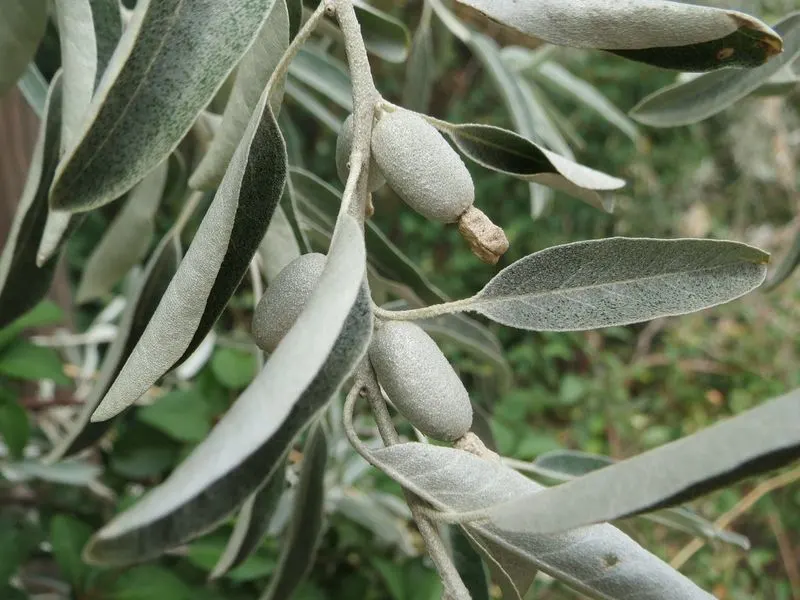
Russian Olive, with its silvery leaves shimmering in the sunlight, may seem like a serene addition to any landscape. However, once established, it grows aggressively, often forming dense thickets that are difficult to manage.
This invasive species disrupts local ecosystems by outcompeting native plants for resources. Its ability to fix nitrogen alters soil chemistry, making it challenging for other species to thrive.
Originally introduced for ornamental purposes and erosion control, its rapid spread has turned it into a problematic plant in many regions. Controlling Russian Olive requires persistent effort and careful management.

